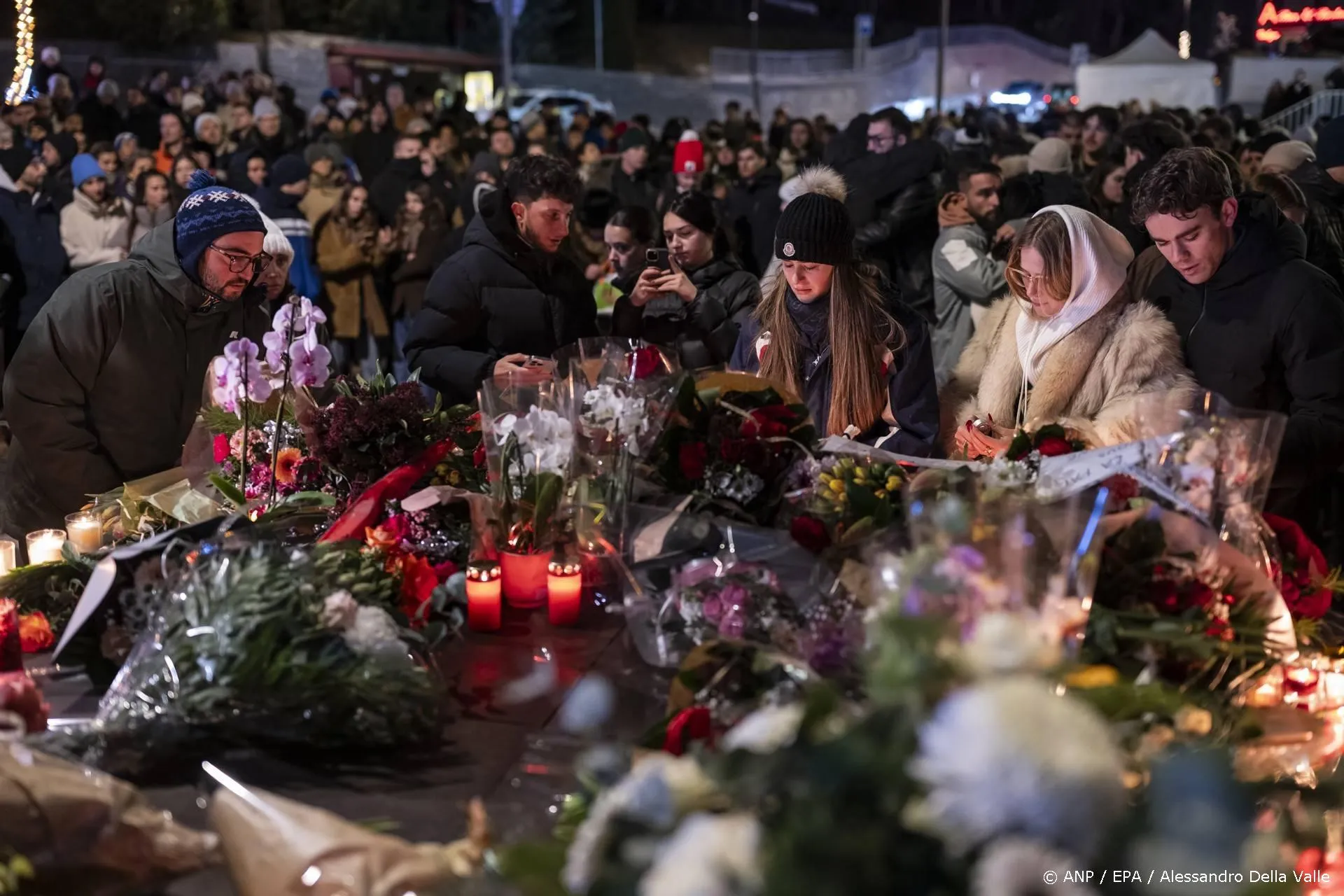Kosmische straling is voor 40% verantwoordelijk voor opwarming

A key belief of climate science theology that a reduction in carbon emissions will take care of the bulk of global warming has been questioned in a scientific paper released by the Environment Ministry on Monday.
Physicist and the former ISRO chairman, U.R. Rao, has calculated that cosmic rays which, unlike carbon emissions, cannot be controlled by human activity have a much larger impact on climate change than the Intergovernmental Panel on Climate Change (IPCC) claims.
In fact, the contribution of decreasing cosmic ray activity to climate change is almost 40 per cent, argues Dr. Rao in a paper which has been accepted for publication in Current Science, the preeminent Indian science journal. The IPCC model, on the other hand, says that the contribution of carbon emissions is over 90 per cent. [Noot HL: Dit laatste is onjuist.]
Releasing Dr. Rao's findings as a discussion paper on Thursday, Environment Minister Jairam Ramesh noted that the impact of cosmic ray intensity on climate change has thus far been largely ignored by the mainstream scientific consensus. He added that the unidimensional focus on carbon emissions by most Western countries put additional pressure on countries like India in international climate negotiations.
The continuing increase in solar activity has caused a 9 per cent decrease in cosmic ray intensity over the last 150 years, which results in less cloud cover, which in turn results in less albedo radiation being reflected back to the space, causing an increase in the Earth's surface temperature.
While the impact of cosmic rays on climate change has been studied before, Dr. Rao's paper quantifies their contribution to global warming and concludes that the future prediction of global warming presented by IPCC's fourth report requires a relook to take into the effect due to long term changes in the galactic cosmic ray intensity.
If human activity cannot influence such a significant cause of climate change as cosmic rays, it could change the kind of pressure put on countries to reduce carbon dioxide emissions.
Mr. Ramesh emphasised that Dr. Rao's findings would not reduce domestic action on climate change issues, but he admitted that it could influence the atmosphere of international negotiations.
International climate negotiations are about climate politics. But increasingly, science is becoming the handmaiden of politics, he said.
In November 2009, Mr. Ramesh had released a report by glaciologist V.K. Raina claiming that Himalayan glaciers are not all retreating at an alarming pace. It had been disputed by many Western scientists, while IPCC chairman R.K. Pachauri dismissed it as voodoo science. However, Dr. Raina was later vindicated by the IPCC's own retraction of its claim that the Himalayan glaciers would melt by 2035.
Since then, Western Ministers have reduced talk about the glaciers to me, they have stopped using it as frequently as a pressure point for India to come on board, said Mr. Ramesh.
When Mr. Ramesh sent Dr. Rao's paper to Dr. Pachauri, he replied that the next IPCC report was paying special attention to the impact of cloud cover on global warming. The Minister expressed hope that Dr. Rao's findings would be seriously studied by climate researchers.
There is a groupthink in climate science today. Anyone who raises alternative climate theories is immediately branded as a climate atheist in an atmosphere of climate evangelists, he said. Climate science is incredibly more complex than [developed countries] negotiators make it out to be Climate science should not be driven by the West. We should not always be dependent on outside reports.
Lees ook
Loading


